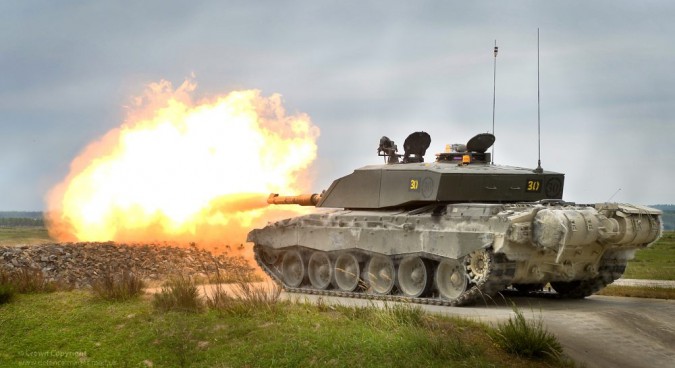U.S. deploys armored brigade to South Korea
Rotational deployment of 3500 troops comes amid growing tensions over nuke tests, THAAD
The U.S. Army will deploy an armored brigade division to South Korea in the coming months as part of a nine-month rotation, according to a recent press release.
The deployment of 3,500 soldiers from the 1st Armored Brigade, 1st Infantry Division will replace a brigade from the 1st Cavalry Division currently on the peninsula.
The move comes amidst heightened tensions in the region, with the DPRK pushing a seemingly fast-tracked weapons testing schedule and South Korea agreeing to deploy an advanced U.S.-made THAAD missile system.
“The U.S. armored brigade includes powerful tanks and helicopters, and its fighting power is considered to be equivalent to – or possibly more – than the ROK armored division,” Kim Min-seok, a senior researcher at the Korea Defense and Security Forum told NK News.
Taskandpurpose.com reports that many of the 1st Armored Brigade’s soldiers have already arrived in South Korea. They will mostly be deployed at Camp Casey, a short distance from the Demilitarized Zone (DMZ).
“Most of the maneuver units, i.e. tanks and infantry, are already located (at Camp Casey),” NK NewsIntelligence Director John Grisafi said.
The troops will join existing mechanized forces in South Korea and take part in military exercises alongside South Korean troops.
“The ROK and the U.S. already have a couple of mechanized divisions in Korea. The armored division will only be meaningful during the times of full-scale war, and has almost no relations to the North’s nuclear weapons, which is currently the biggest security concern,” Kim added.
The deployment follows two North Korean tests of intermediate long range missiles. U.S. Strategic Command detected two failed launches of the midrange Musudan system over the last week.
The Tuesday test was North Korea’s eighth test of the Musudan, though only one has been considered a success.
The first launch was condemned quickly by the UN Security Council, who described it as a “grave violation of the Democratic People’s Republic of Korea’s international obligations under UNSC resolutions.”
Featured Image: Challenger 2 Tank Live Firing During Exercise by Defence Images on 2013-05-16 18:58:08


